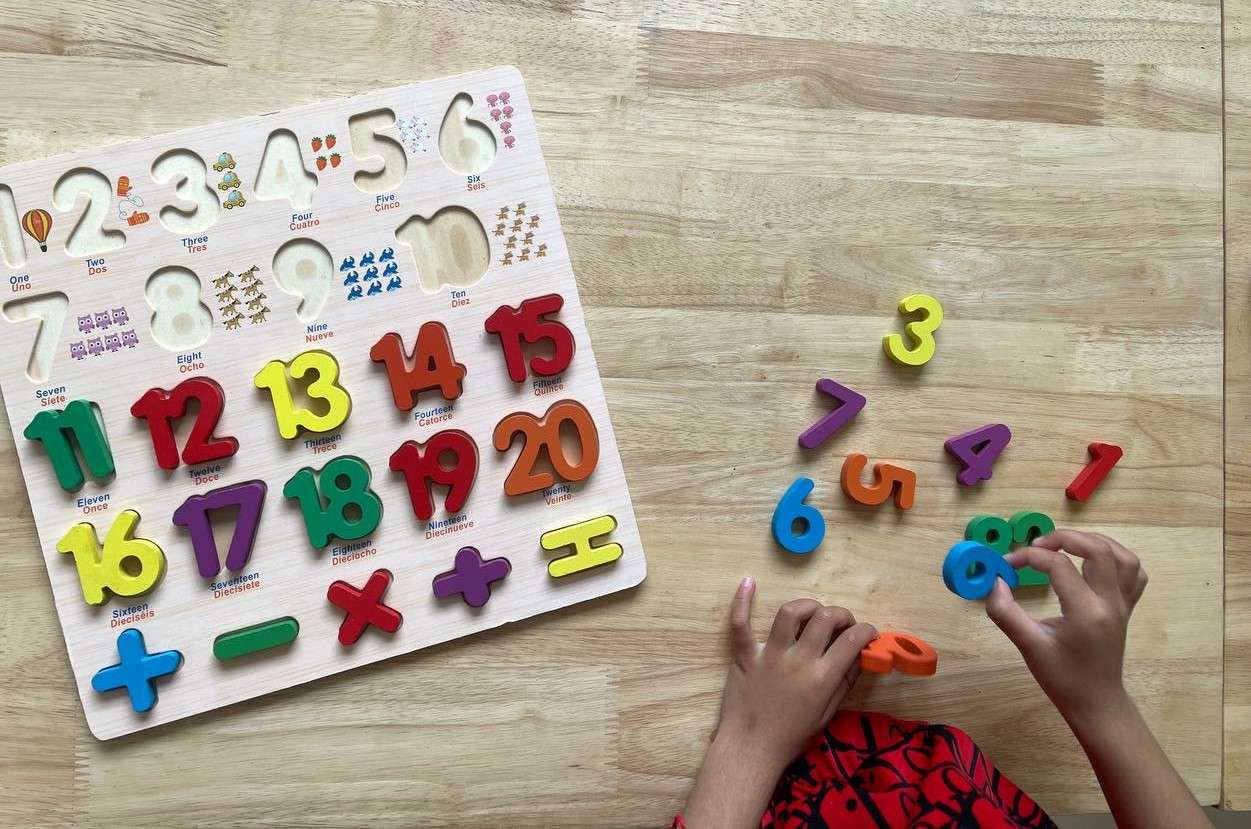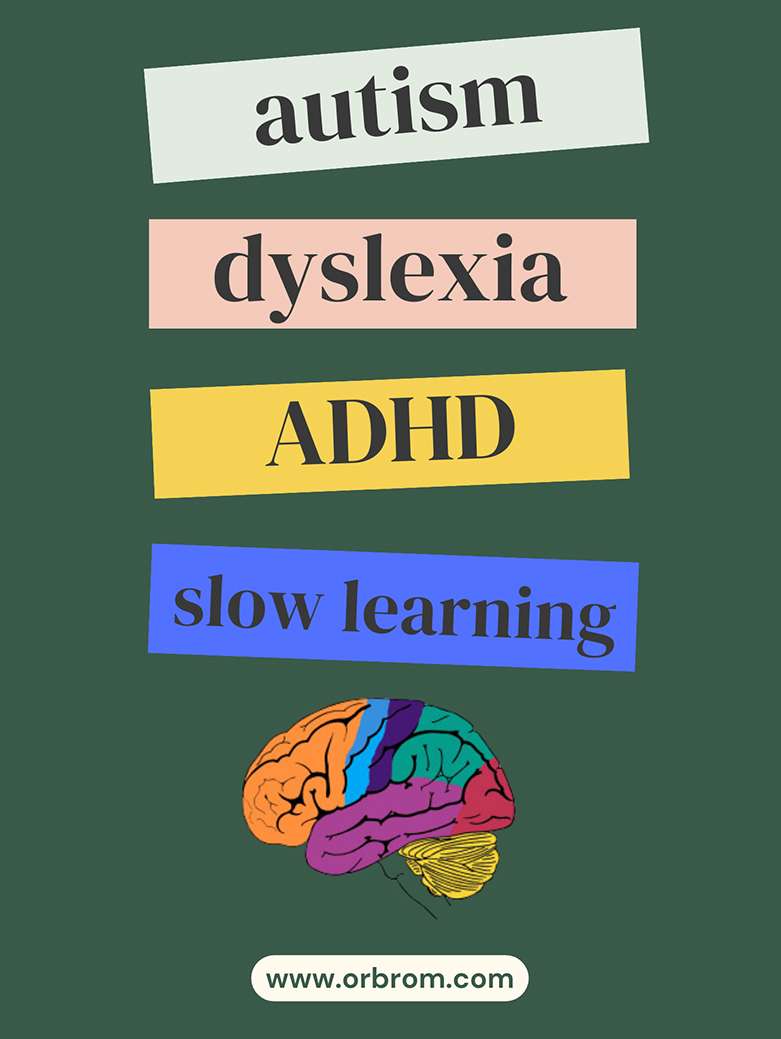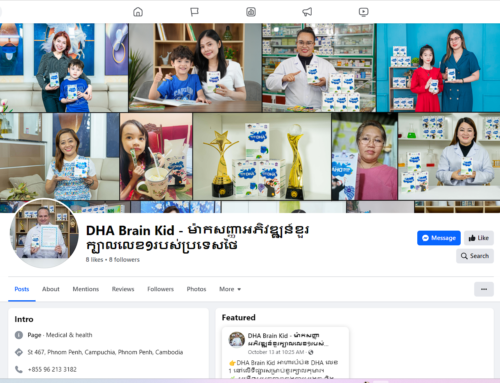Counting, a seemingly simple skill, forms the foundation for complex mathematical concepts. Yet, for students with diverse learning needs, mastering this skill can present unique challenges. This blog explores effective strategies for supporting students with diverse learning needs in their journey to counting mastery.
Understanding the Diverse Landscape:
Firstly, it’s crucial to recognize that “diverse learning needs” encompasses a wide spectrum of abilities and challenges. Students with learning disabilities, such as dyscalculia, may struggle with number sense, while those with motor or sensory impairments might face difficulties with finger counting or manipulating objects. Understanding individual needs is key to tailoring effective learning strategies.
Building a Strong Foundation:
Before diving into counting numbers, ensuring students grasp the concept of one-to-one correspondence is crucial. This involves pairing objects with corresponding numbers, either visually or physically. Tactile manipulatives, like counting blocks or beads, can be particularly helpful for kinesthetic learners.
Multisensory Engagement:
Incorporating multiple senses into learning activities can significantly enhance understanding. Pairing counting with singing, movement, or even touch can solidify comprehension. For instance, counting while jumping or clapping can engage kinaesthetic learners, while singing counting songs can appeal to auditory learners.
Visual Aids: A Powerful Ally:
Visual aids, such as number lines, charts, or pictures, provide valuable support for students who learn visually. These aids can help connect numerals to quantities and reinforce the concept of order in counting. Additionally, utilizing color-coding or specific symbols can cater to students with visual impairments.
Making it Meaningful:
Connecting counting to everyday experiences can make it more relevant and engaging. Counting steps during a walk, objects in a familiar environment, or even bites of food can demonstrate the practical applications of counting in daily life. This real-world context can enhance motivation and understanding.
Technology as a Tool:
Educational apps and games can be valuable tools for reinforcing counting skills. Interactive activities and gamified learning can make practice more engaging and provide immediate feedback. However, it’s crucial to ensure these tools complement, not replace, hands-on learning experiences.
Collaboration and Differentiation:
Working with peers can provide valuable social and academic support for students with diverse learning needs. Collaborative activities like counting together or building structures with manipulatives can foster teamwork and reinforce understanding. Additionally, differentiated instruction, where tasks are adapted to individual needs, can ensure each student progresses at their own pace.
Patience and Persistence:
Mastering counting takes time and consistent practice. It’s crucial to be patient and supportive, celebrating small successes along the way. Regular practice, both in structured settings and everyday activities, is key to building confidence and fluency in counting skills.
Seeking Support:
If challenges persist, seeking professional guidance from educators, therapists, or specialists can be invaluable. These professionals can provide targeted interventions and strategies to address specific learning needs and ensure students reach their full potential.
By implementing these strategies and fostering a supportive environment, educators and caregivers can empower students with diverse learning needs to build a strong foundation in counting, paving the way for success in mathematics and beyond.
Services for Autism, ADHD, Dyslexia, Spelling Difficulty, social and slow learning, Down Syndrome, and Selective Mutism. OrbRom is the best option in Phnom Penh.
If you are concerned about your child’s development, Contact OrbRom Center for Assessments.
Phone/Telegram: 077.455.993
Telegram Link: https://t.me/OrbRom







